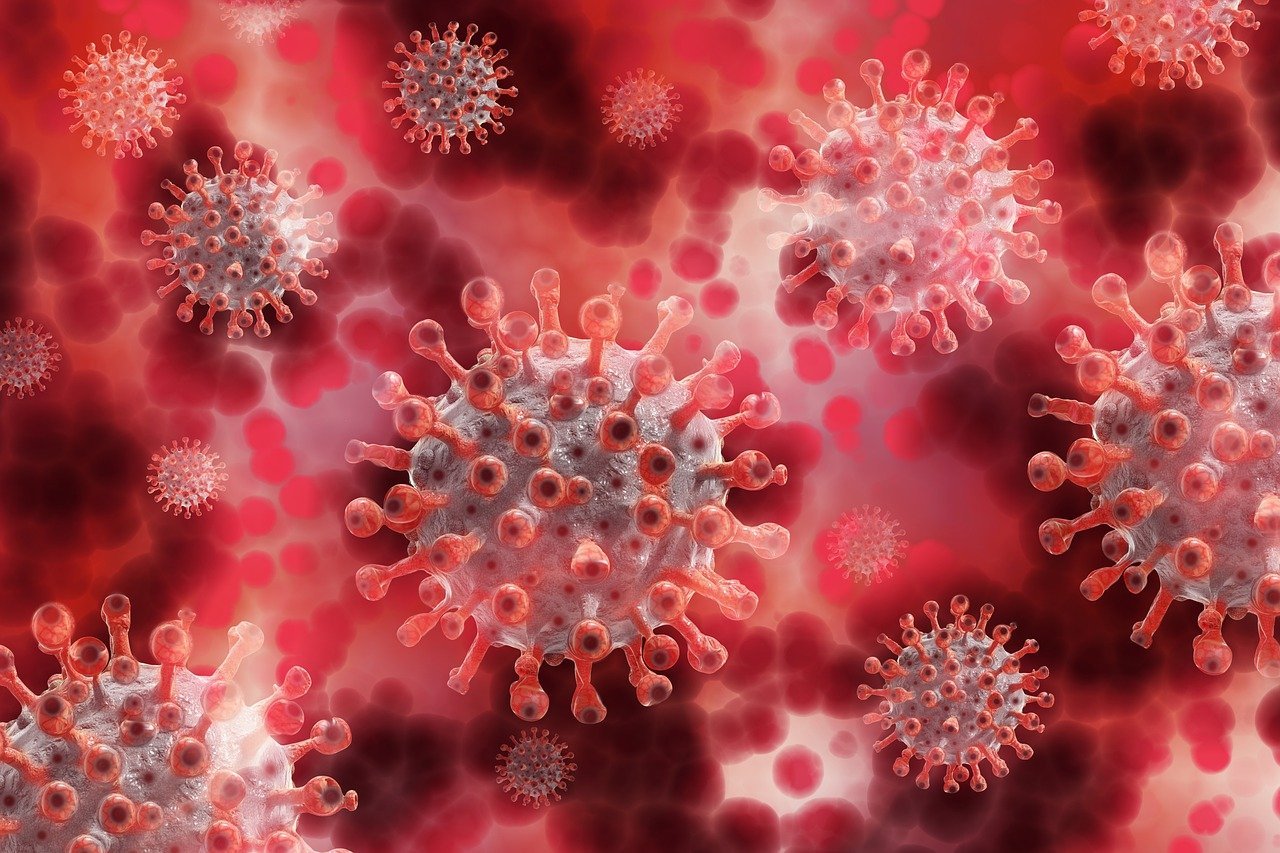October 24, a new media special report foreign media said that in the past period of time, the epidemic curve in the United States has shown an upward trend every day. The medical system has sounded the alarm about possible bad conditions similar to the first wave of the epidemic.
According to a report by the Buenos Aires Economic News Network on October 20, the memory of April 2020 still makes Americans feel a dull pain: crowded intensive care unit, temporary tent hospital set up in the exhibition center, parked in Los Angeles And the medical ship in the New York port…Although the states have passed the second peak of the coronavirus infection in the northern hemisphere in summer, almost all hospitals have issued an alarm again: a situation similar to the worst period of the pandemic may still occur. The admission rate of patients with new coronavirus across the country has restarted to rise. Although the death rate has remained stable, the surge in deaths may only be a matter of time.
According to reports, the transmission rate of Coronavirus began to rise again in mid-September. At that time, many states resumed face-to-face courses, but it seems that only New York City’s school system is still safe in this situation; many companies have managed to reopen; and more and more people have given up staying at home for most of the past few months He started to increase outdoor activities. Deborah Burks, coordinator of the White House’s Coronavirus Response Task Force, pointed out that when participating in social events and family gatherings, people are more likely to relax their vigilance, and then reignite the epidemic.
The report pointed out that with the advent of winter, seasonal respiratory diseases have also begun to spread, and state governments are actively discussing what measures should be taken. Some government agencies are formulating plans to deploy Fangcang shelter hospitals, which was tantamount to a “luxury” in the first wave of the epidemic; and some communities are reviewing the restart plan repeatedly to prevent good intentions from doing bad things and ultimately lead to tragic results.
According to media reports, the epidemic seems to have come back, whether it is in areas such as the western and Midwest mountain states where the severity of the infection was moderate before, or in the east coast areas such as Massachusetts and New York where the situation was more severe in the past.
According to the report, although the cumulative number of reported cases in the United States has exceeded 8 million, according to official estimates, as many as 90% of the 330 million population are still vulnerable to the impact of the coronavirus. Although the use of safe and effective vaccines is a way to generate immunity without being infected, due to many problems such as industrial production, even if a vaccine is developed and put on the market, not everyone can get it immediately. Therefore, the new coronavirus still has huge potential harm in the United States.
According to statistics, Utah, which almost never made headlines in the news media in April, now has more than 1,000 new cases in a single day. American medical and health experts pointed out that the medical system in Utah is on the verge of collapse.
The report also said that from June to August, the peak of the epidemic did not seem to be interrupted. When the weather becomes drier and colder, the spread of the virus will become stronger. It is worth mentioning that the flu season is also approaching, and viral co-infection is a risk factor that threatens the response capacity of the medical and health system.
According to statistics, on August 14, more than 37,000 patients with coronavirus in the United States received treatment in the hospital, which is the highest number in the past two months. Compared to that time, only Hawaii has a decline in hospitalization rates, and 12 other states have remained stable. However, the remaining 37 states, including Texas, New York and Illinois, which have higher population densities, have hospitalization rates. rise.
The report pointed out that although the resources at the disposal of the states are still sufficient to deal with this public health crisis, the increase in hospital admissions indicates that the situation is getting worse, and Coronavirus is likely to bring very serious consequences.



